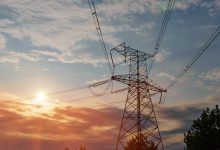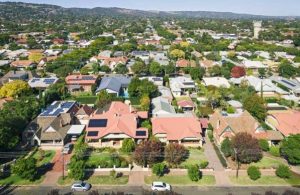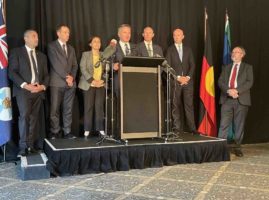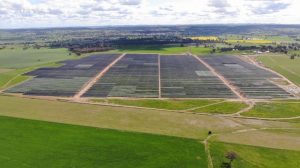Key energy market reforms in Australia’s main grid face a do-or-die moment, with proposals for a substantial redesign of the National Electricity Market sitting with federal energy minister Angus Taylor, who will decide how, and if, they progress.
The Energy Security Board (ESB) has been tasked with developing a substantial redesign of the National Electricity Market to ensure the market remains ‘fit for purpose’ for the way electricity is produced, transmitted and used undergoes dramatic changes as new clean energy technologies can market share.
The re-design is considered essential for the ongoing uptake of wind, solar, storage and demand management technologies, and is regarded as the most important event in the electricity market since the NEM original design more than two decades ago.
But there is also concern about the lack of transparency and the creation of a new structure that leaves Taylor in apparent sole arbiter of the process, acting for a government which has been opposed to wind and solar and which has mocked new technologies such as big batteries.
The ESB was due to deliver a Market Design Options Paper by the end of March, which was to outline the detailed proposal from the ESB following months of consultation.
The detailed redesign proposal was delivered to federal energy minister Angus Taylor at the end of March and will be distributed to state and territory energy ministers for signing off before it is released publicly to seek stakeholder feedback.
The ESB released an initial ‘directions’ paper in January to solicit feedback from energy market participants on potential options for a redesign of the National Electricity Market – giving an indication of its thinking.
Proposed measures include an expansion of demand-side participation in the market, expanding the role of demand response mechanisms, and facilitating the creation of dedicated renewable energy zones through the establishment of new mechanisms to coordinate investments and connections to transmission network infrastructure.
The ESB has already progressed work on reforms that were already being considered by a number of the energy market regulators, including the expansion of ‘ahead markets’ that ensure the availability of generators to meet forecast demand.
Some of these proposals are already the subject of a number of energy market rule change requests being considered by the Australian Energy Market Commission – but much of the final decisions about wider reforms have been delegated to the ESB.
This includes the ESB taking on the work of developing reforms for a transition to two-sided markets that allow energy users to play a larger role as sellers of electricity, with increasing uptake of rooftop solar and battery storage technologies.
However, while the reforms will deliver a much-needed refresh to the operation of Australia’s main electricity market, there are concerns about the ongoing influence of major energy market incumbents and the Morrison government, neither of which appear to be in any rush to challenge the established market dominance of large fossil fuelled generators.
One continuing challenge has been the lack of transparency around if and when energy ministers are meeting – or what the meetings of ministers are discussing.
Notably, the post-2025 NEM redesign is being overseen by the Energy National Cabinet Reform Committee – a subcommittee of the federal cabinet and a body that counts federal energy minister Angus Taylor as its only official member.
While state and territory energy ministers participate in the Energy National Cabinet Reform Committee process, they are officially only invitees to the committee, allowing Taylor to control agendas and decision making. Taylor is the only official member of the committee, as he is the only energy minister that is actually a member of the federal cabinet.
When RenewEconomy enquired about the timing of the next meeting of the Energy National Cabinet Reform Committee, the answer provided was that ministers meet “as required” and that no details of the next meeting are available.
Taylor also holds significant control over the conduct of the meetings, with some state and territory ministers complaining that Taylor dictates the topics for discussion and has been resistant to allowing discussion of items that do not fit with the Morrison government’s agenda.
There are some concerns that the Morrison government’s influence will see the ESB will propose the creation of a new capacity market within the NEM, which could provide a financial incentive for bigger thermal generators to remain operational. While some dispatchable capacity will be necessary to maintain the stability of supplies within the grid, critics suggest that a capacity market will simply serve as a mechanism for keeping coal fired generators open for longer.
The Morrison government also has a track record of instigating a number of market redesign reviews simply to shelve the recommendations that flow forth.
This includes a key recommendation of a review of the National Electricity Market undertaken by then chief scientist Dr Alan Finkel for the creation of a Clean Energy Target, as well as the government’s own National Energy Guarantee, that spent more than a year under development, only to be buried in the graveyard of energy policies past.
The post-2025 NEM redesign work being undertaken by the ESB is reaching the crucial point of delivering solid recommendations and proposals for reform. The appearance of any interference or delay from a federal government that seems determined to pursue its own agenda will raise fears that yet another piece of reform work will be buried.










